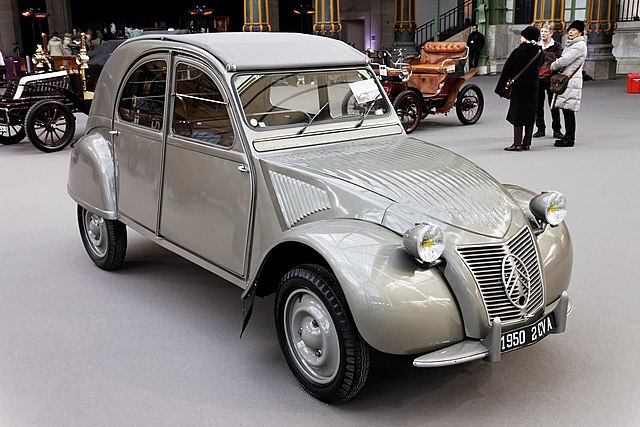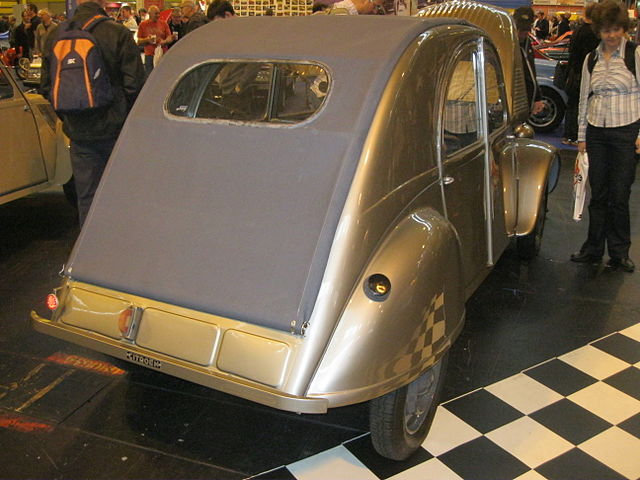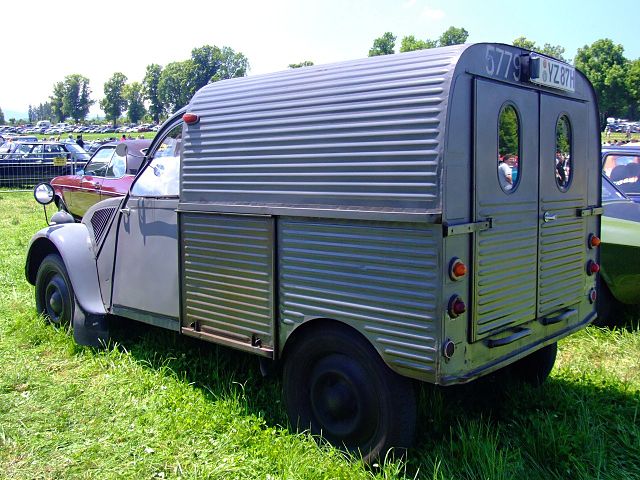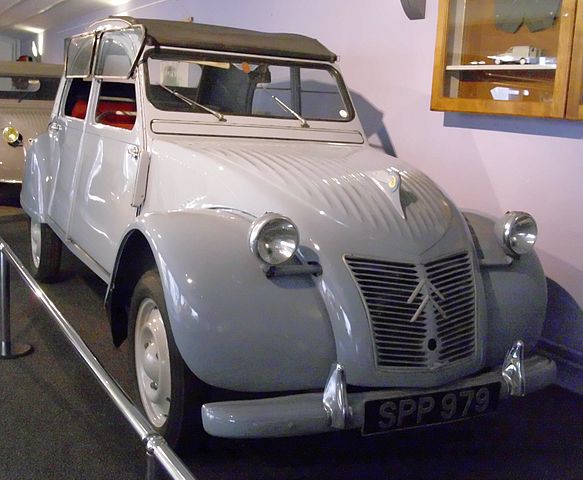
The Citroën 2CV, often affectionately referred to as the “Deux Chevaux” (French for “two horses”), represents a significant chapter in automotive history. Initially introduced in 1948 at the Paris Motor Show, the Citroën 2CV was designed to be a robust, economical car that was accessible to the average French citizen.
The First Generation of the 2CV, spanning from 1949 to 1959, emerged as a symbol of French ingenuity, characterized by its minimalistic design and impressive functionality. This car was not just a means of transportation; it was a cultural icon that reflected the aspirations of a recovering post-war Europe.
Design Philosophy

The Citroën 2CV was born out of a desire to provide motorized mobility to the French populace at a time when few could afford cars. The design mandate given by Citroën was famously succinct: a vehicle that could carry four people and a basket of eggs across a plowed field without breaking the eggs.
This requirement underscored the need for a vehicle that could handle rural France’s rough terrain. As a result, the 2CV featured a simple, lightweight design with a unique, corrugated steel body that provided rigidity while remaining economical to produce.
The car’s distinctive roll-back canvas roof was another practical feature, offering variability in cargo space and passenger accommodation.
Mechanical Specifications

Underneath its unassuming exterior, the First Generation 2CV was powered by a 375cc air-cooled two-cylinder engine, which initially produced a mere 9 horsepower. This modest powertrain reflected the car’s design philosophy of simplicity and efficiency, with fuel consumption being a paramount consideration.
The engine’s air-cooled nature meant fewer parts and less maintenance, making it ideal for rural users with limited access to sophisticated mechanical services. The 2CV’s suspension system was revolutionary, featuring an interconnected front and rear system that allowed for a smooth ride over uneven surfaces, further fulfilling its design to traverse plowed fields effectively.
Production and Reception

The onset of Citroën 2CV production was met with mixed reactions. Initially, critics derided its unconventional appearance and underpowered engine. However, the public’s perception quickly changed as the practical merits of the 2CV became apparent.
Its affordability and low running costs made it a popular choice among the working class, farmers, and those living in rural areas. Production numbers steadily climbed as the 2CV carved out a niche for itself as an economical and durable vehicle, perfectly suited to the needs of its time.
By the end of the first generation in 1959, the Citroën 2CV had firmly established itself as a beloved fixture on French roads.
Legacy and Cultural Impact

The Citroën 2CV transcended its initial utility to become a cultural icon. It was a vehicle that embodied the post-war spirit of recovery and resilience. The 2CV’s design principles—simplicity, affordability, and practicality—resonated with a continent rebuilding itself.
Its impact extended beyond France, influencing automotive design and philosophy in various parts of the world. The 2CV has been featured in numerous films and books, celebrated for its role in promoting a democratization of mobility.
Today, it holds a cherished place in the hearts of car enthusiasts and collectors worldwide, symbolizing a bygone era of automotive design focused on the essentials of daily life rather than luxury or power.
The Citroën 2CV First Generation not only defined an era but also left an indelible mark on the automotive landscape. Its legacy continues to influence modern automotive design and remains a testament to the ingenuity and foresight of its creators.
